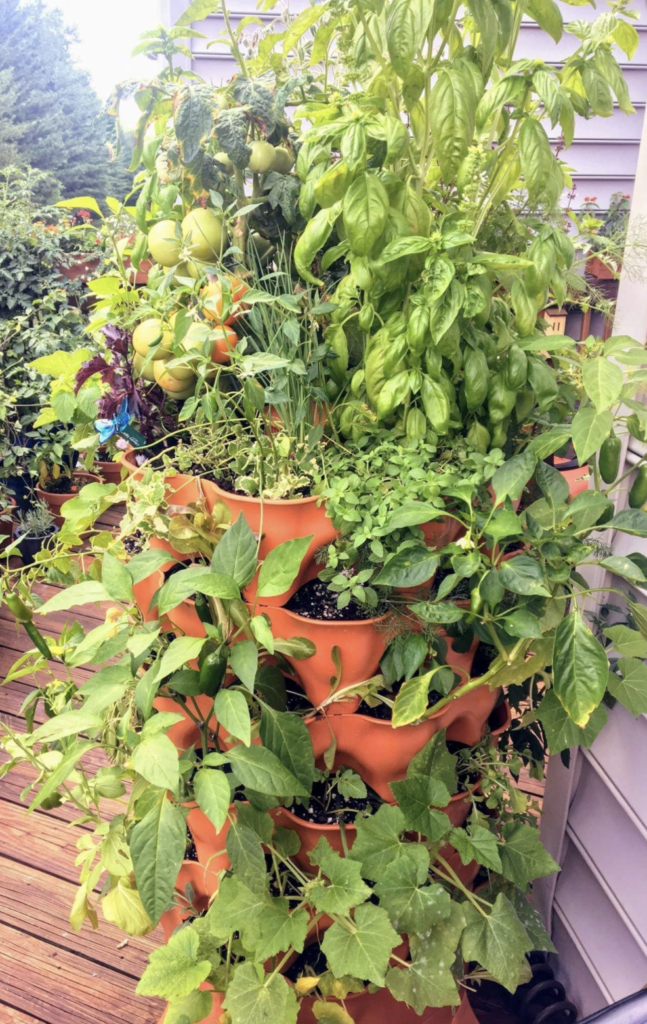Gardening is more than just a hobby; it’s a way to connect with nature and create a beautiful space around your home. But did you know that you can make your garden not only lovely but also environmentally friendly? Sustainable gardening is all about using eco-friendly practices that benefit both your plants and the planet.
From saving water to choosing the right plants, there are plenty of ways to go green in your garden. In this article, we’ll explore some easy and effective sustainable gardening practices that can help you create a healthier environment right in your own backyard.

Understanding Sustainable Gardening
Sustainable gardening is all about making choices that help the environment while keeping your garden healthy and thriving. It’s about using resources wisely and finding ways to reduce waste. Think of it as gardening with a green thumb! This means growing plants that are suited to your local climate, conserving water, and using natural methods to keep pests at bay. By adopting sustainable practices, you not only create a beautiful garden but also support the environment and wildlife around you.
Choose Native Plants
One of the best things you can do for your garden is to plant native species. These plants are naturally adapted to your local environment, which means they require less water, fertilizer, and care compared to non-native plants. Plus, they provide essential habitats and food for local wildlife like birds, bees, and butterflies.
These will make outdoor time more fun for your kids. To get started, visit a local nursery or do a bit of research to find out which plants are native to your area. Adding these to your garden can make it more resilient and easier to maintain.
Water Conservation Techniques
Water is a precious resource, and conserving it is a key part of sustainable gardening. There are plenty of simple ways to reduce water usage in your garden. One effective method is installing a rain barrel to collect rainwater, which you can use to water your plants.
Drip irrigation systems are another great option, as they deliver water directly to the roots, minimizing waste. And don’t forget about mulch! Applying a layer of mulch around your plants helps retain soil moisture, reduce evaporation, and keep your garden looking tidy. To find the best options, search for “mulch sales near me” to get quality mulch locally.
Soil Health and Composting
Healthy soil is the foundation of a thriving garden. Instead of relying on chemical fertilizers, try composting to enrich your soil naturally. Composting is easy and can be done with kitchen scraps like vegetable peels, coffee grounds, and eggshells, along with yard waste like leaves and grass clippings. Over time, these materials break down into nutrient-rich compost that you can mix into your garden soil. This not only improves soil health but also reduces waste and helps your plants grow stronger and more resilient.
Organic Pest Control
Keeping pests away without harmful chemicals is a big part of sustainable gardening. Organic pest control methods can be just as effective and are safer for your garden and the environment. One way is to attract beneficial insects, like ladybugs and predatory wasps, which naturally keep pest populations in check. Companion planting is another strategy where certain plants are grown together because they help each other by repelling pests or attracting beneficial insects. For example, planting marigolds among your vegetables can help deter aphids and nematodes.
Reduce Garden Waste
Gardening can sometimes create a lot of waste, but there are many ways to minimize it. Start by recycling and repurposing materials whenever possible. Old containers, broken pots, and even household items can be creatively used in your garden. Avoid using plastic when you can, and opt for biodegradable materials instead. For example, biodegradable plant pots can be planted directly into the ground, reducing plastic waste. These small changes can make a big difference in reducing your garden’s environmental footprint.
Encourage Biodiversity
A diverse garden is a healthy garden. Encouraging biodiversity means planting a variety of species to support different types of wildlife. This can include flowering plants that attract pollinators like bees and butterflies, as well as shrubs and trees that provide shelter and food for birds.
Creating a small pond or water feature can also attract amphibians and beneficial insects. It is a simple way to maximize the versatility of your backyard. By promoting biodiversity, you help create a balanced ecosystem that supports all forms of life, making your garden not only beautiful but also vibrant and full of life.
Sustainable gardening is a wonderful way to create a beautiful, thriving garden while also doing your part for the environment.
By choosing native plants, conserving water, enriching your soil naturally, using organic pest control, reducing waste, and encouraging biodiversity, you can make your garden more eco-friendly and resilient. Plus, you’ll likely find that these practices save you time and money in the long run. So, why not give it a try? Start small, and you’ll soon see the positive impact on both your garden and the world around you. Happy gardening!
The emphasis on eco-friendly practices like water conservation and plant selection is eye-opening. It’s inspiring to see how small changes in our gardens can make a big impact on the planet.